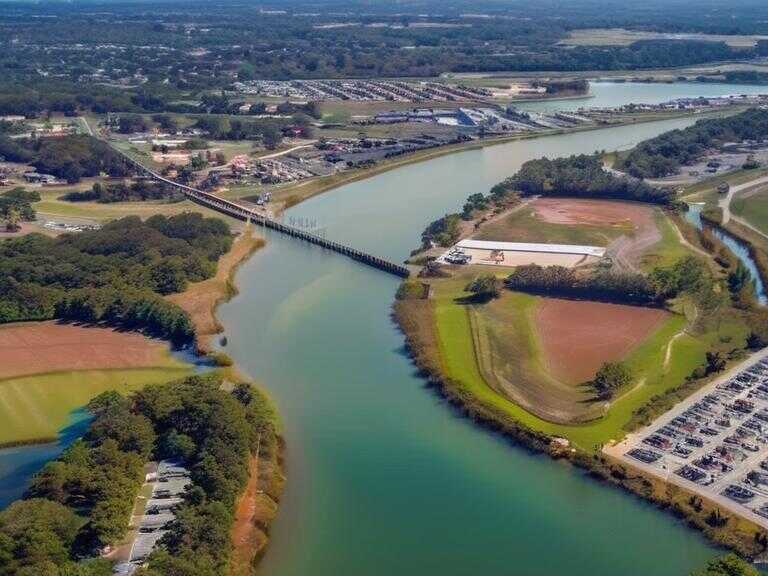
Labor Shortage Hinders U.S. Navy Shipbuilding Amid Global Threats and Production Backlogs
The U.S. Navy faces labor shortages, cost overruns, and delays in shipbuilding, impacting its ability to meet global threats and maintain naval superiority.

The development of cost-effective naval vessels capable of engaged in combat with Houthi rebel missiles in the Red Sea is heavily reliant on the expertise of a 25-year-old laborer with a background in manufacturing garbage truck components, specifically Lucas Andreini, a welder at Fincantieri Marinette Marine in Marinette, Wisconsin. The labor shortage poses a significant challenge to shipyards across the country, resulting in delays in ship production and maintenance, which is a concerning situation given the Navy's pressing need to address expanding global threats.
The labor shortage dilemma
Shipyards are struggling to recruit and retain skilled laborers, a critical issue exacerbated by the retirement of seasoned veterans who take with them decades of experience. In response, shipyards are collaborating with technical colleges and establishing training academies to equip workers with the necessary skills to construct advanced warships. This concerted effort, however, highlights the broader problem of labor shortages within the shipbuilding industry.
Immediate concerns in Navy shipbuilding
The current state of Navy shipbuilding is described as "a terrible state," with backlogs in production and maintenance exacerbated by shifting defense priorities, last-minute design changes, and cost overruns. According to Eric Labs, a naval analyst at the Congressional Budget Office, the U.S. is falling behind China in terms of the number of ships at its disposal, with the gap continuing to widen.
The role of training and retention programs
Shipyards across the country are implementing training programs in collaboration with technical colleges to provide workers with the necessary skills. However, the concern remains whether new hires will stay in a tight labor market. The Navy is addressing this by offering retention bonuses to encourage workers to remain in their positions. Retention challenges are not exclusive to shipyards struggling to meet their goals; even successful shipyards like Huntington Ingalls Industries are facing similar concerns.
Challenges in naval production
The challenges facing U.S. shipbuilding are longstanding and multifaceted. Much of the blame can be attributed to the Navy, which frequently changes requirements and requests upgrades during the construction phase. This results in cost overruns, technological challenges, and delays, as witnessed in the Navy's newest aircraft carrier, the USS Ford, and the redesign of ship systems. The Navy's decisions have led to increased costs and extended construction timelines, further complicating the shipbuilding process.
Impact of shifting threats and funding uncertainties
The evolving nature of global threats has added another layer of complexity to naval production. The Navy must adapt to various threats, including conflicts in the Middle East, competition from Chinese and Russian navies, piracy, and attacks by Houthi rebels. Additionally, the consolidation of shipyards and funding uncertainties have disrupted the cadence of ship construction and hindered long-term investments and planning, impacting the overall efficiency of the shipbuilding process.
The importance of addressing shipbuilding challenges
The Navy recognizes the significance of addressing the challenges associated with shipbuilding. The expanding role of the Navy in defending the nation and promoting peace underscores the importance of finding innovative solutions to the shared challenges faced by the Navy and its industry partners. The Navy's commitment to collaborating with industry partners demonstrates a proactive approach to resolving the issuesaffecting shipbuilding.
The long-term implications for US naval capabilities
The labor shortages, production delays, and shifting defense priorities present significant challenges to the U.S. Navy's ability to maintain and expand its naval capabilities. The complexities involved in shipbuilding, including the need for skilled labor, adherence to changing requirements, and the impact of global threats, collectively hinder the Navy's efforts to strengthen its maritime presence. Addressing these challenges is crucial for ensuring that the Navy remains equipped to fulfill its expanding role in safeguarding national and global security.
Share news















